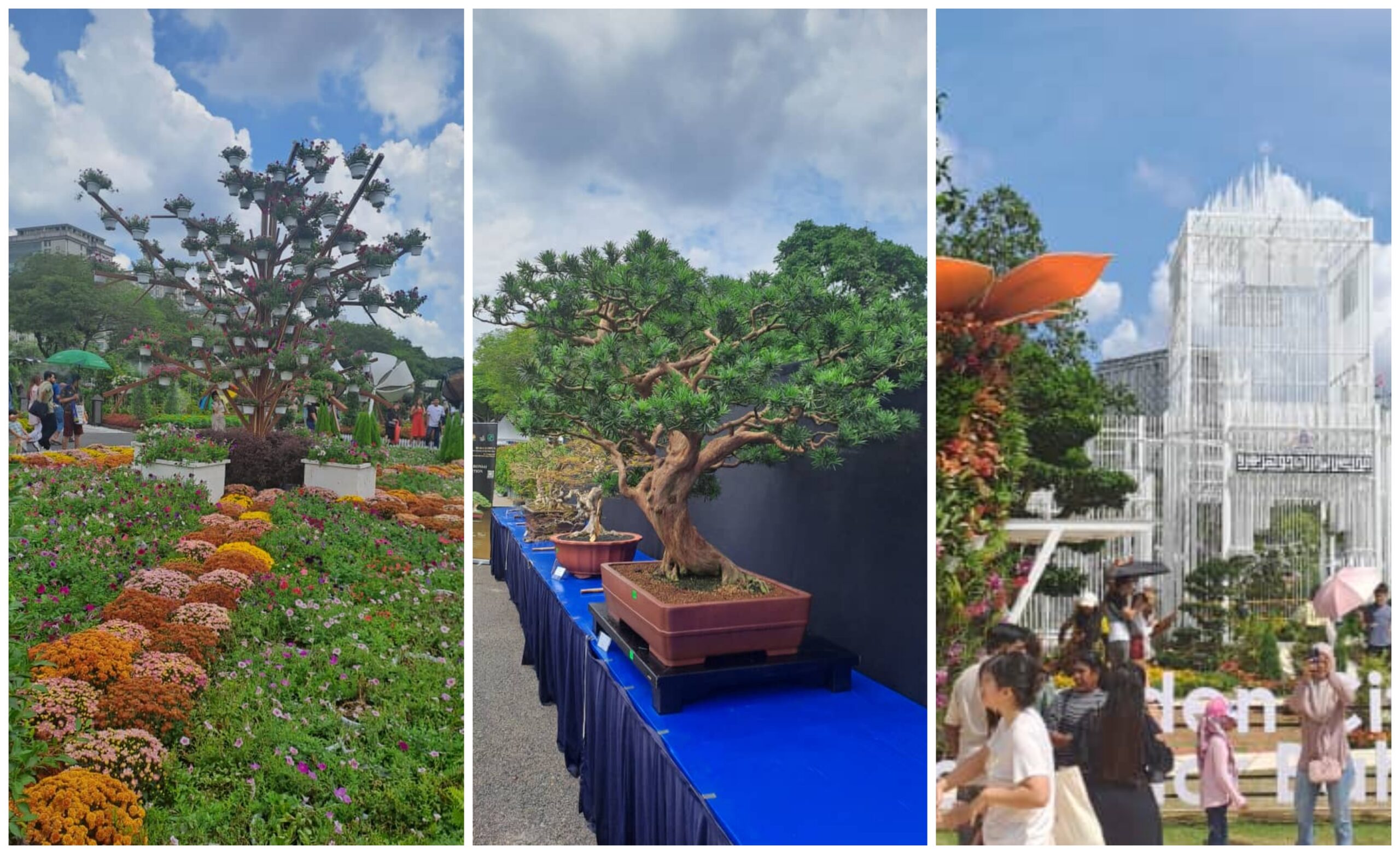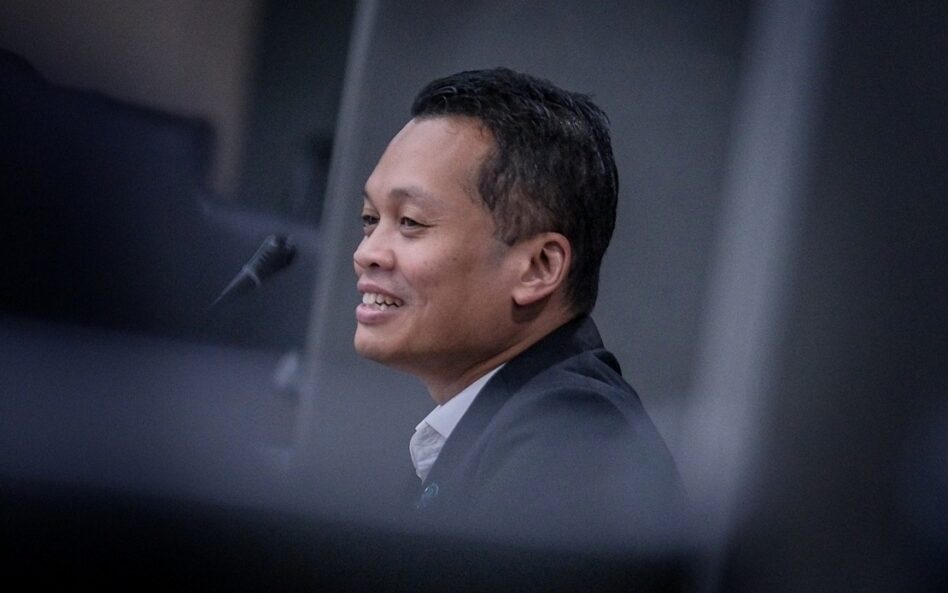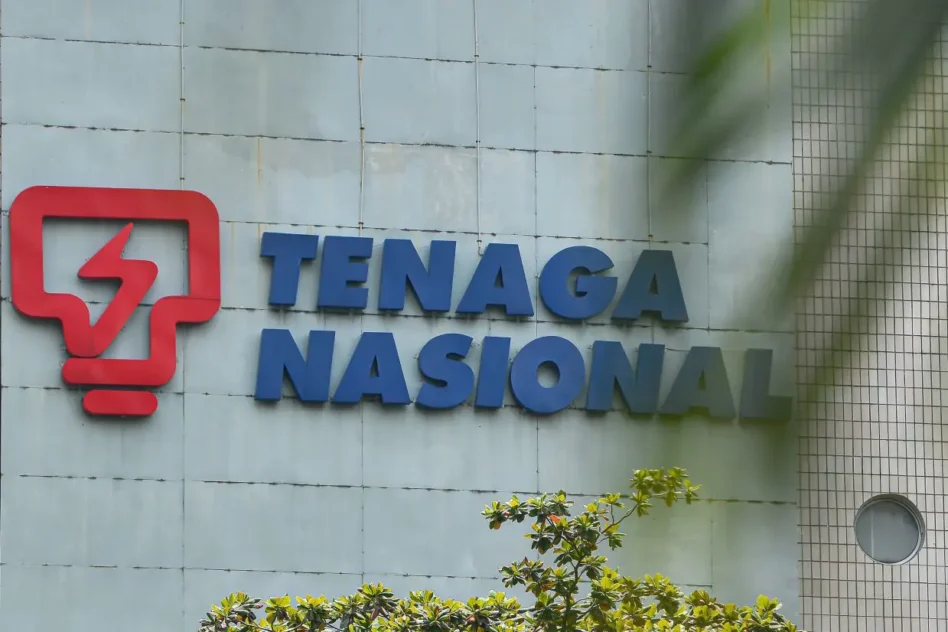PUTRAJAYA, Malaysia’s federal administrative capital, was established in 1995 to alleviate congestion in Kuala Lumpur. Named after Malaysia’s first Prime Minister, Tunku Abdul Rahman Putra, it was originally designed as a hub for government operations.
Today, however, Putrajaya is evolving into a vibrant tourist destination, distinguished by landmarks such as the majestic Putra Mosque, the serene Putrajaya Lake, and the striking Seri Wawasan Bridge.
Visitors are also drawn to the lush Botanical Garden and the lively Royal Floria Putrajaya, renowned for its spectacular floral displays and cultural events.
I recently had the privilege of attending Royal Floria Putrajaya, Malaysia’s premier floral festival, which ran from Aug 22 to Sept 1, 2024.
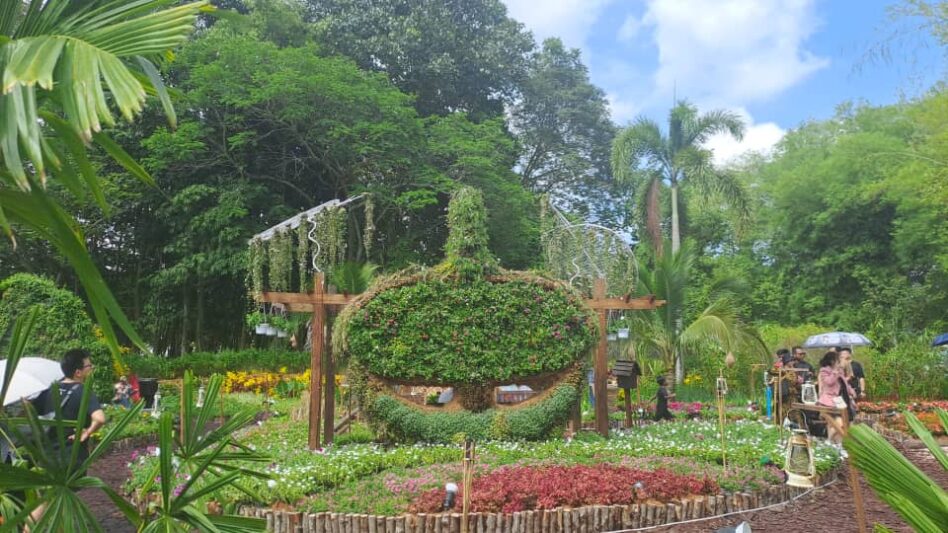
This annual event transforms the city into a stunning showcase of Malaysia’s natural beauty, featuring over 700,000 flowers. The festival highlights Malaysia’s growing prominence on the global tourism stage.
Entering Royal Floria Putrajaya felt like stepping into a magical garden. The festival’s centrepiece featured more than 500 varieties of orchids, each a testament to nature’s artistry.
Intricately crafted bonsai and miniature landscapes enhanced the immersive experience, with their vibrant colours and patterns captivating the senses.
A particular highlight was the Flora Pavilion, which displayed floral artistry from ten countries: Malaysia, Thailand, Vietnam, Singapore, the Philippines, Taiwan, Japan, Hong Kong, Indonesia, and Brunei.
This international collaboration underscored Malaysia’s role in the global cultural dialogue and presented a rich tapestry of diverse floral traditions.
Beyond its visual splendour, the festival showcased Malaysia’s commitment to preserving its floral heritage and promoting environmental stewardship.
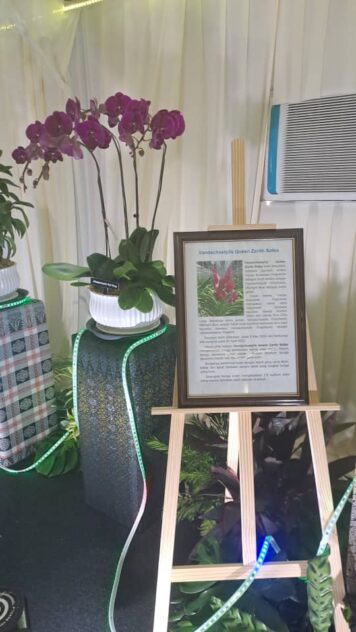
Attendees gained insights into rare and endangered orchid species, many of which are threatened by habitat loss and climate change. Interactive exhibits offered information on conservation methods, including tissue culture propagation and habitat restoration.
Tourism is a crucial component of Malaysia’s economy. In 2023, tourism receipts amounted to approximately MYR 59.3 bil, contributing around 3.7% to the country’s GDP.
The festival’s success in attracting a significant number of international tourists, while also welcoming participants from all ethnic backgrounds within Malaysia, was particularly impressive. This diverse turnout not only enriched the festival experience but also reinforced Malaysia’s status as a dynamic cultural hub.
Reflecting on my experience, it is clear that Malaysia possesses immense potential to enhance its tourism landscape.
The success of Royal Floria Putrajaya suggests that similar floral initiatives could transform other tourist destinations across the country.
By integrating vibrant floral displays into various locations and promoting community engagement in conservation efforts, Malaysia could cultivate a network of nature-themed attractions that bolster its global tourism profile. – Sept 4, 2024
Dr Lee J. Peter is an Assistant Professor at Heriot-Watt University Malaysia.
The views expressed are solely of the author and do not necessarily reflect those of Focus Malaysia.


